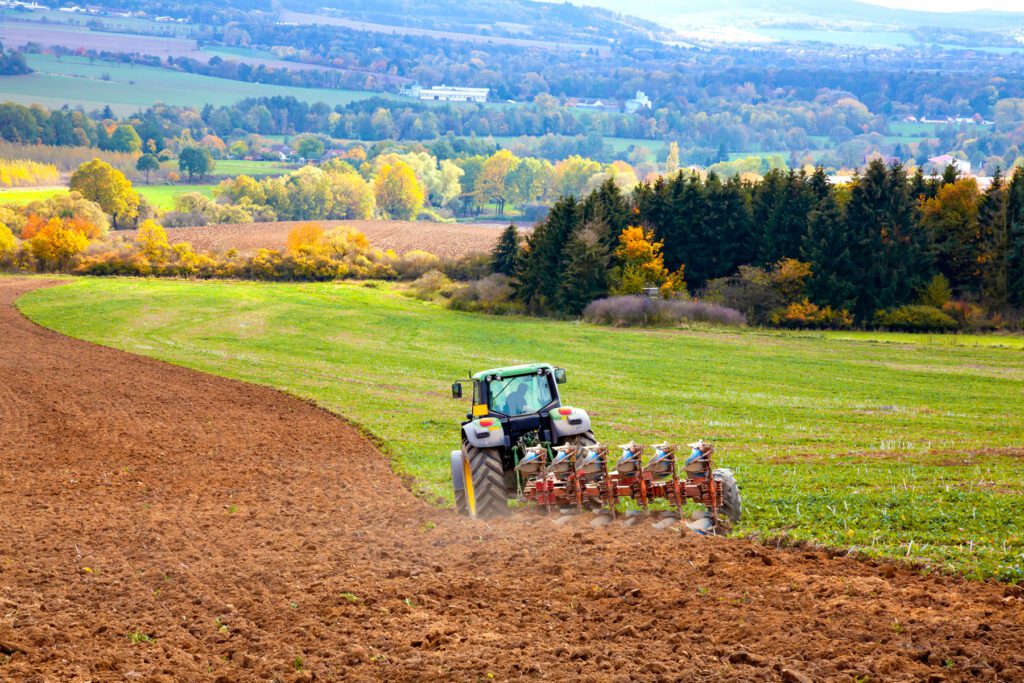Author
Farming practices are changing and what may have been good farming practice many years ago may not be considered as such today.
Farmers today face an uncertain world. Their uncertainty is rooted in climate change, rising costs and reduced funding, against a backdrop of technology advancements, growing initiatives for regenerative farming and evolving Environmental Land Management Schemes (ELMs).
It is against this unprecedented volatile environment that farmers (and particularly tenant farmers) must still grapple with the doctrine of good husbandry.
Origin of ‘good husbandry’
The doctrine of good husbandry originates from the Agriculture Act 1947 (AA 1947) when the priority of the post-war economy was to increase food production. Whilst most of the provisions of the AA 1947 have since been repealed, the provisions of good husbandry remain on the statute books. The overarching principles are set out in section 11(1) of the AA 1947.
The occupier of an agricultural holding should maintain a ‘reasonable standard of efficient production’ in the present whilst also keeping the unit in a condition to enable a reasonable standard of efficient production in the future.
Section 11 (2) does provide some helpful guidance as to the kinds of things that would demonstrate compliance. These include the following farming activities:
a) Keeping permanent pasture mown or grazed and in a good state of cultivation, condition and fertility
b) Keeping arable land maintained in a clean state and good condition;
c) Keeping the livestock properly stocked;
d) Ensuring crops and livestock are free of disease and pests;
e) Ensuring harvested crops protected and preserved; and
f) Carrying out necessary maintenance and repair works.
Failure to comply
A tenant may risk losing their tenancy if farming practices fail to meet the requirements of good husbandry. There are two ways this could happen:
1. Notice to Quit (NTQ)
In the case of AHA tenancies the landlord can serve a NTQ under the Agricultural Holdings Act 1986 (AHA 1986). This can happen in the following ways:
Case C: Used where a landlord first obtains a certificate of bad husbandry, then leading to an NTQ. This is the most likely option that a landlord would pursue.
Case D: Used where there is a provision relating to good husbandry in the terms of the tenancy. A landlord can serve a Case D Notice to Remedy prior to a Case D NTQ.
Case E: Used where there is damage to the holding caused by a tenant’s failure to adopt good husbandry practices which is now irremediable.
2. Forfeiture
Under both AHA and FBT tenancies, the Landlord can technically use the forfeiture provision (if there is a validly enforceable one within the tenancy) if the tenant breaches the covenant to comply with good husbandry (although this is a less common route in practice).
Farming today
The competing demands within section 11 present a challenge for farmers today.
Many farmers are considering the adoption of modern farming practices which may see a temporary short-term reduction of efficient production output to preserve the future profitability of the land. Farmers are also being encouraged to explore ELMs based upon environmental outcomes rather than on efficient short-term production.
Consequently, many farmers today focus on farming land in a more environmentally friendly way whilst contributing towards food production. For farmers seeking to combine sustainability objectives with the requirement to maintain ‘efficient production’; the potential consequences of not getting the balance right can be very worrying.
Section 11 states that the ‘character and situation of the unit, the standard of management thereof by the owner and other relevant circumstances’ will be considered when assessing the principles of good husbandry. This recognises that local conditions such as soil type, terrain and cropping types can vary considerably and that these variations should be considered when assessing whether a tenant has complied with good husbandry.
A key question however is whether the long-term goals of biodiversity, food security and sustainable farming are likely to be considered as a ‘relevant circumstance’ for the purpose of section 11.
Recent case law suggests that an arbitrator or Tribunal will still seek evidence of ‘efficient production.’
The case of F J Snook & Sons Limited v Gerald Roy Cruse [2017] is a sobering reminder that land taken out of production for an environmental scheme will not always be considered ‘efficient production’, particularly in circumstances where the landlords’ consent has not been obtained for that use. In that case, whilst it was recognised that the nature of agriculture had changed since 1947, the Tribunal did not accept that an income produced from an environmental scheme would satisfy the definition of ‘efficient production’.
Conclusion
The advice for tenants must, therefore, be to proceed with caution and be ready to demonstrate ‘efficient production’ alongside any environmental and sustainability schemes.
Whilst it is recognised that farming practices have changed, what is deemed to be ‘efficient production’ remains broadly the same as when the AA 1947 was enacted.
Print article

